Estonia, a small but remarkable country located in Northern Europe, has become an increasingly popular destination for travelers seeking a blend of history, culture, and natural beauty. Known for its stunning landscapes, medieval architecture, and innovative spirit, Estonia offers a wealth of experiences waiting to be explored. This blog delves into the country’s geography, history, culture, economy, and contemporary society, showcasing why Estonia is a hidden gem on the European map.
Table of Contents
Geography
Estonia spans an area of approximately 45,227 square kilometers, making it one of the smallest countries in Europe. It is situated along the eastern shore of the Baltic Sea, bordered by Finland to the north, Sweden to the west, Latvia to the south, and Russia to the east. The country’s diverse landscape is characterized by flat terrain, with most of the land consisting of plains, forests, and numerous lakes.
Estonia is home to over 2,200 islands, the largest of which are Saaremaa and Hiiumaa. The coastline stretches more than 3,700 kilometers, offering a mix of sandy beaches, rocky cliffs, and tranquil bays. The country has an abundance of natural resources, including forests that cover approximately 51% of its land area. These forests are home to a rich variety of flora and fauna, making Estonia a paradise for nature lovers and outdoor enthusiasts.
The climate is classified as humid continental, with four distinct seasons. Winters can be harsh, with temperatures often dropping below freezing, while summers are mild and pleasant. This seasonal variation allows for a range of outdoor activities throughout the year, from skiing and snowshoeing in winter to hiking and cycling during the warmer months.
States of Estonia
Estonia does not have states like some larger countries. Instead, it is divided into 15 counties (maakonnad). Each county has its own administrative structure, and the capital city, Tallinn, is located in Harju County. The counties are further subdivided into municipalities. Here’s a table listing the 15 counties along with their capitals:
| No. | County | Capital |
|---|---|---|
| 1 | Harju County | Tallinn |
| 2 | Ida-Viru County | Jõhvi |
| 3 | Lääne-Viru County | Rakvere |
| 4 | Lääne County | Haapsalu |
| 5 | Pärnu County | Pärnu |
| 6 | Saare County | Kuressaare |
| 7 | Tartu County | Tartu |
| 8 | Valga County | Valga |
| 9 | Viljandi County | Viljandi |
| 10 | Võru County | Võru |
| 11 | Hiiu County | Kärdla |
| 12 | Rapla County | Rapla |
| 13 | Järva County | Paide |
| 14 | Põlva County | Põlva |
| 15 | Harju County | Tallinn |
A Brief History
Estonia’s history is a complex tapestry woven from centuries of foreign domination and cultural influence. The earliest evidence of human habitation in the region dates back over 11,000 years, with hunter-gatherer societies thriving in the area. As agriculture began to take root in the Neolithic era, settlements gradually developed, leading to the establishment of tribal communities.
In the medieval period, Estonia became a battleground for various powers, including the Danes, Germans, Swedes, and Russians. The Christianization of the region in the 12th century brought significant changes, with the establishment of churches and fortifications. The Hanseatic League played a crucial role in the development of trade in the region, particularly in cities like Tallinn, Tartu, and Pärnu.
Estonia declared its independence on February 24, 1918, following World War I, but this independence was short-lived. The country was occupied by Soviet forces in 1940, followed by Nazi Germany during World War II. After the war, Estonia was re-annexed by the Soviet Union and remained under communist rule until the Singing Revolution of the late 1980s. This peaceful movement culminated in the restoration of independence on August 20, 1991.
Since gaining independence, Estonia has made significant strides in establishing itself as a democratic nation and a member of the European Union. The country is often hailed as a success story of post-Soviet transformation, characterized by rapid economic growth and technological advancement.
Top Ten Must-Visit Destinations
Estonia is a treasure trove of stunning landscapes, rich history, and unique cultural sites. Here are ten must-visit destinations in the country that showcase its beauty and charm:
- Tallinn Old Town
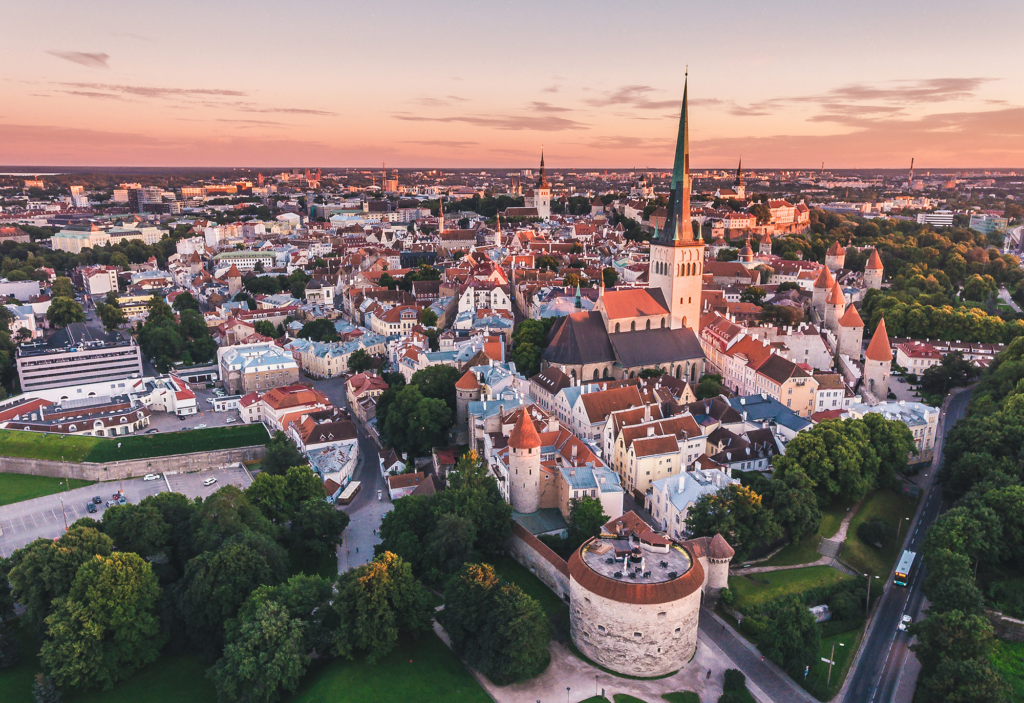
Tallinn’s Old Town is a UNESCO World Heritage Site known for its well-preserved medieval architecture. Visitors can wander through cobblestone streets, explore historic buildings like the Town Hall and St. Olaf’s Church, and enjoy the vibrant atmosphere filled with cafes and shops. The picturesque square and stunning views from Toompea Hill make it a highlight of any trip to Estonia.
- Kuressaare Castle

Located on Saaremaa Island, Kuressaare Castle is one of Estonia’s best-preserved medieval fortresses. Surrounded by a moat and featuring impressive towers, the castle houses the Saaremaa Museum, which showcases the island’s history and culture. Visitors can explore the castle grounds, enjoy beautiful views of the surrounding area, and learn about the island’s rich heritage.
- Lahemaa National Park
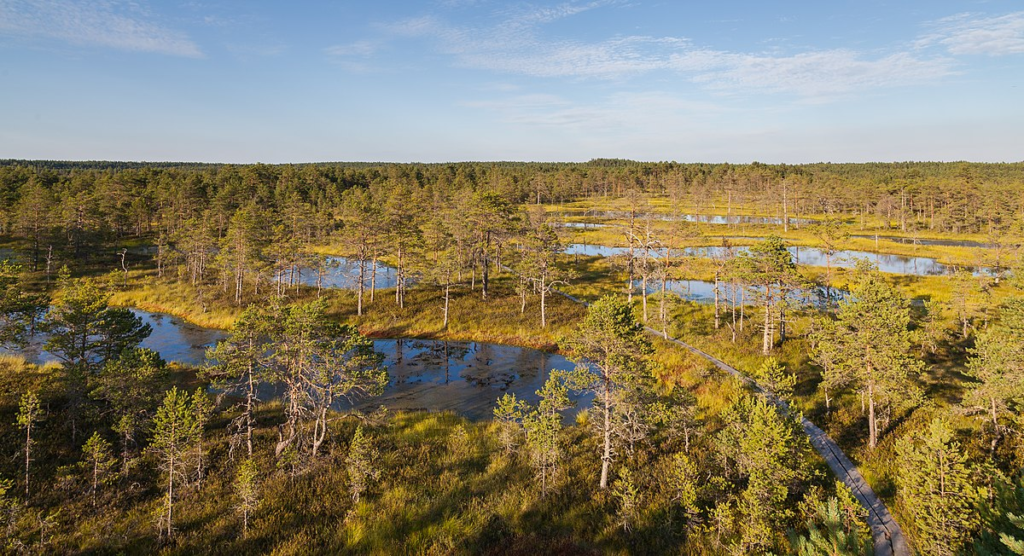
Lahemaa National Park is Estonia’s largest national park, known for its diverse ecosystems, including forests, wetlands, and coastal areas. The park features several historical manor houses, hiking trails, and beautiful landscapes. Visitors can explore the charming fishing villages of Käsmu and Altja, spot various wildlife, and enjoy outdoor activities like hiking and birdwatching.
- Pärnu Beach
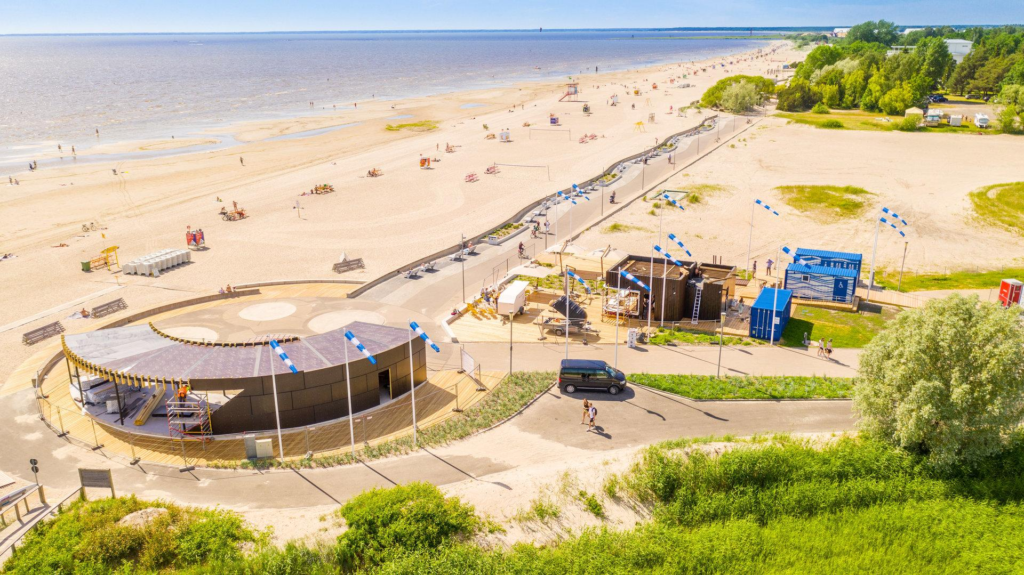
Pärnu Beach, located in Estonia’s summer capital, is famous for its soft sands and vibrant beach scene. The beach is perfect for sunbathing, swimming, and enjoying various water sports. Visitors can stroll along the promenade, relax at beachside cafes, or explore the nearby Pärnu Mud Spa, known for its wellness treatments and rejuvenating therapies.
- Soomaa National Park
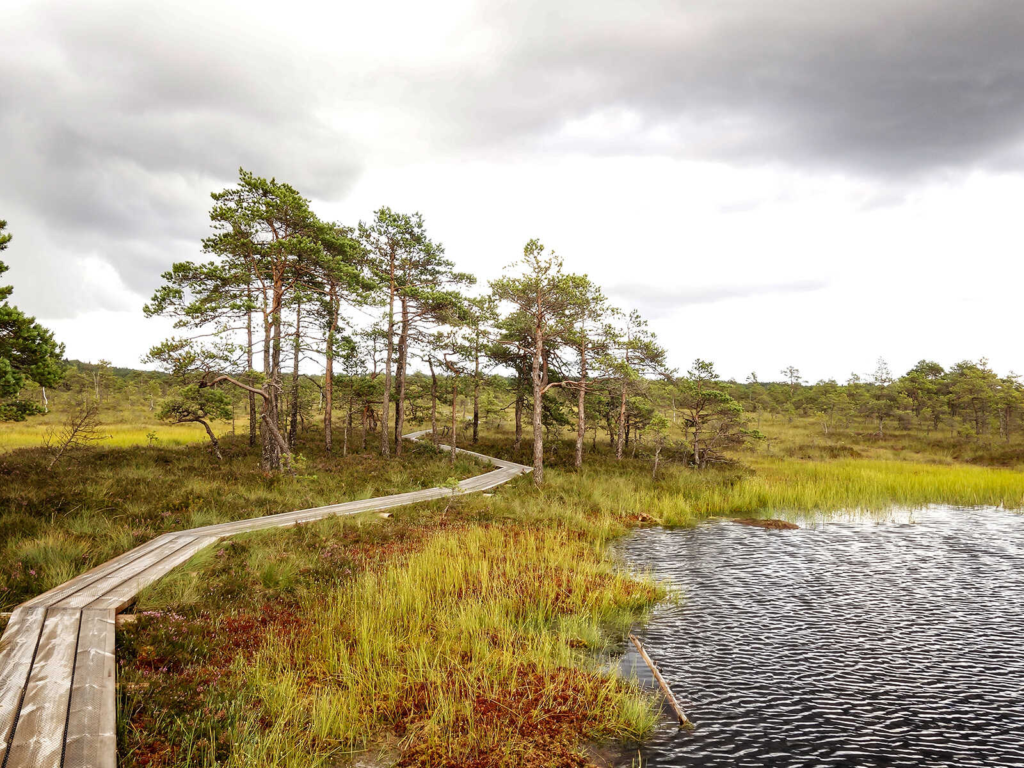
Soomaa National Park is renowned for its unique bog landscapes and rich biodiversity. The park is famous for its “fifth season,” a time when the area floods, creating ideal conditions for canoeing. Visitors can explore the park’s boardwalks, go hiking, or take guided canoe tours to experience the stunning wetlands and observe the diverse flora and fauna.
- Kadriorg Palace and Park
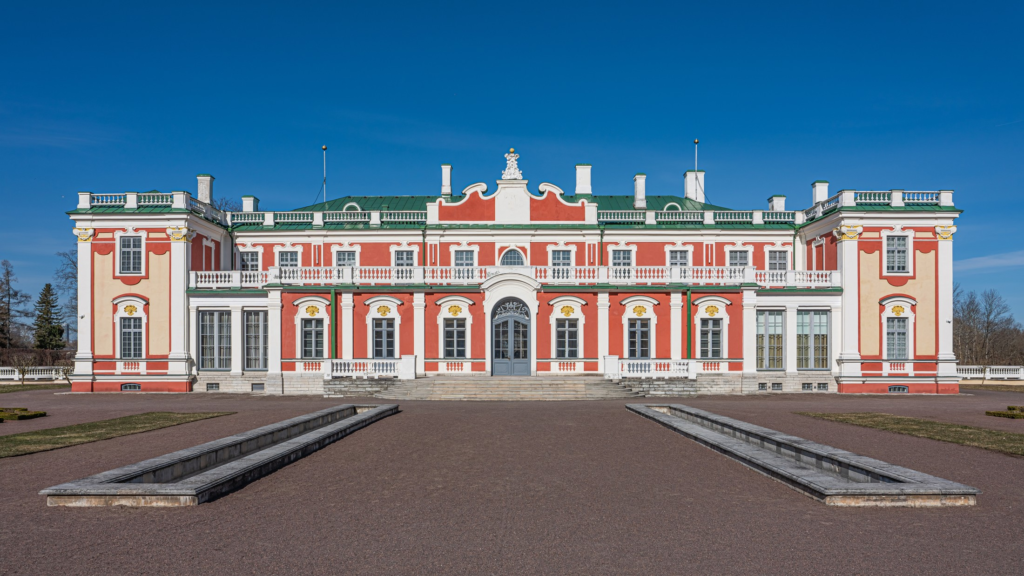
Kadriorg Palace, built by Peter the Great in the 18th century, is a stunning example of baroque architecture. The palace is surrounded by beautifully landscaped gardens, ideal for leisurely walks. Inside, visitors can explore the Art Museum of Estonia, which houses a diverse collection of European art. The tranquil park and picturesque surroundings make it a perfect spot for relaxation and cultural enrichment.
- Narva Castle
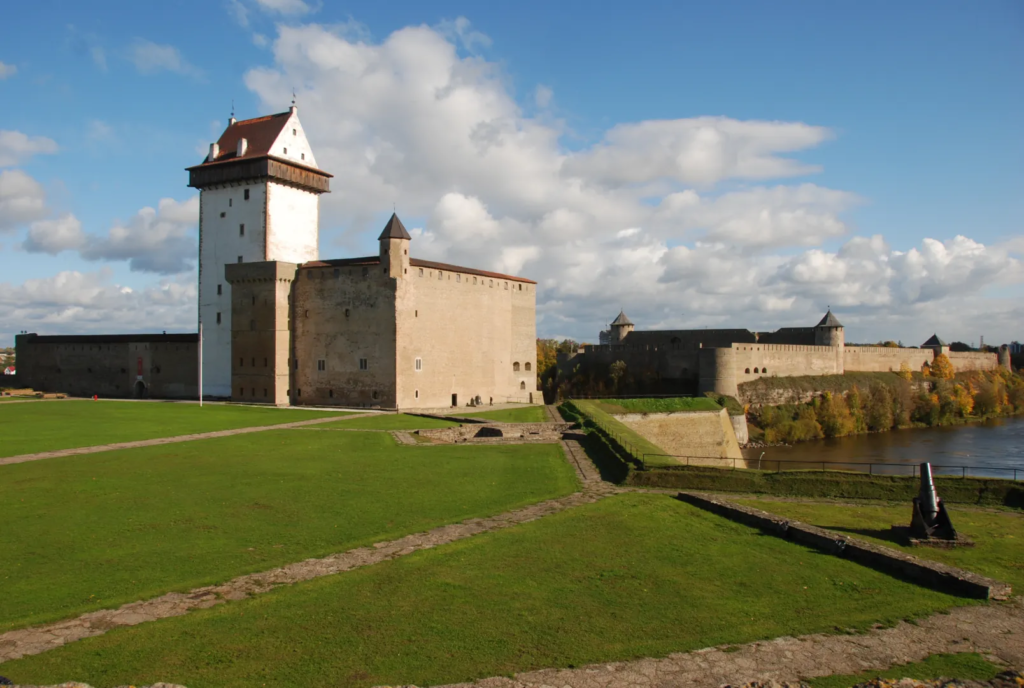
Located in the eastern part of Estonia, Narva Castle is a striking medieval fortress overlooking the Narva River. The castle offers a glimpse into the region’s history and provides stunning views of the Russian fortress across the river. Visitors can explore the castle’s towers, learn about its history in the museum, and enjoy picturesque views of the surrounding landscape.
- Tallinn Creative Hub (Kultuurikatel)
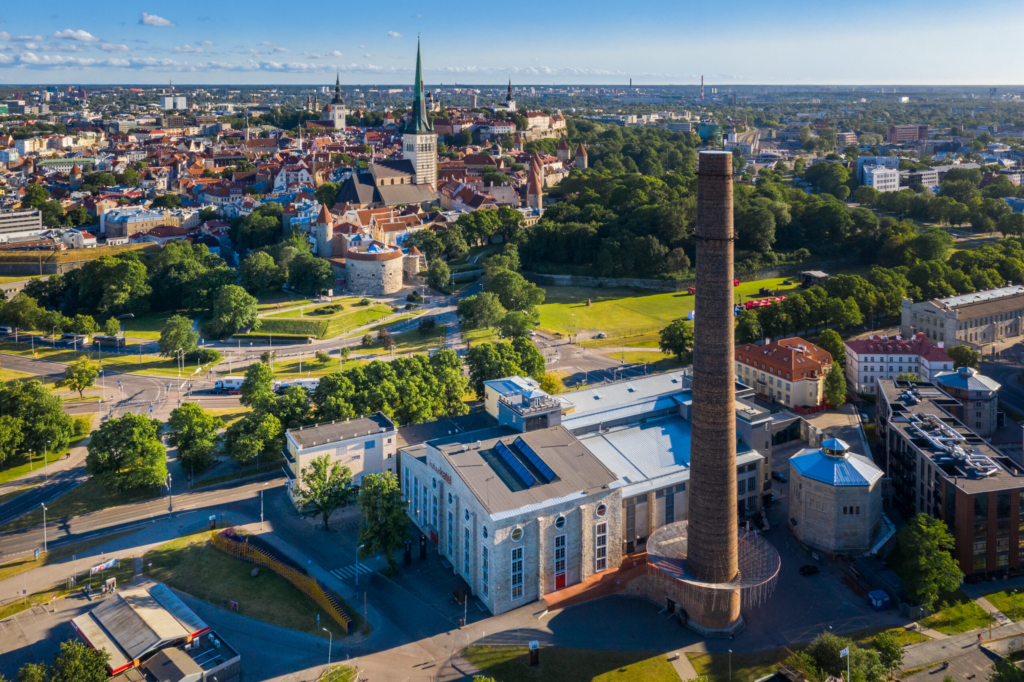
The Tallinn Creative Hub, housed in a former power plant, is a vibrant cultural center that hosts art exhibitions, performances, and workshops. The unique architecture and creative atmosphere make it a must-visit destination for art and culture enthusiasts. Visitors can explore the various exhibitions, attend events, and experience the dynamic creative scene in Tallinn.
- Tartu University Botanical Garden
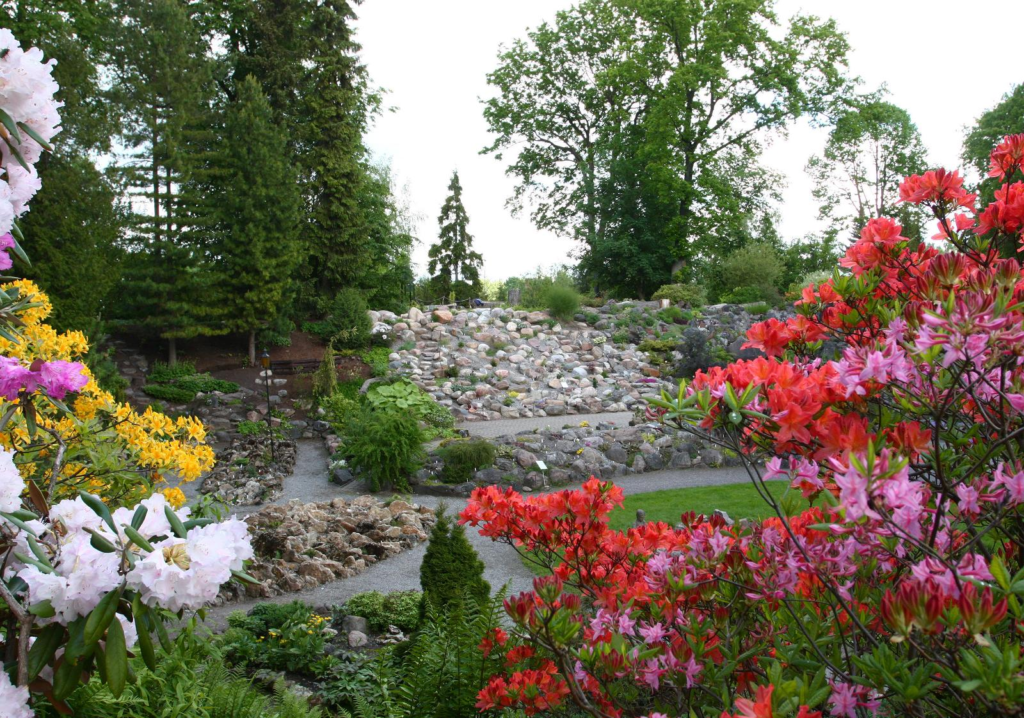
The Tartu University Botanical Garden is a serene oasis featuring a diverse collection of plants from around the world. Visitors can stroll through beautifully landscaped gardens, admire rare species, and enjoy peaceful surroundings. The garden is a perfect place for relaxation and offers educational programs and guided tours for those interested in botany.
- The Estonian Open Air Museum

Located near Tallinn, the Estonian Open Air Museum showcases traditional rural architecture and life. The museum features various historical buildings, including farmhouses, windmills, and churches, all relocated to the site. Visitors can explore the open-air exhibits, participate in traditional activities, and learn about rural heritage and folk culture.
Culture and Traditions
Estonian culture is a rich tapestry woven from its historical experiences and influences. The country has a strong folk heritage, with traditional songs, dances, and crafts playing a vital role in the cultural identity of its people. The annual Tallinn Music Week and Viljandi Folk Music Festival showcase Estonia’s vibrant music scene, celebrating both traditional and contemporary styles.
Language is a cornerstone of Estonian culture. The Estonian language belongs to the Finno-Ugric language family, closely related to Finnish and distantly related to Hungarian. Despite the challenges posed by foreign domination throughout history, the language has remained a vital symbol of national identity.
Festivals and celebrations are integral to Estonian culture. Jaanipäev, or Midsummer Day, is one of the most cherished holidays, marked by bonfires, singing, and feasting. Other significant celebrations include Christmas, the Song and Dance Festival, and the Day of Restoration of the Estonian Republic.
The Estonian cuisine reflects its agricultural roots, with an emphasis on seasonal ingredients. Traditional dishes include black bread, herring, potatoes, and dairy products. One must-try dish is “verivorst,” a blood sausage typically served during Christmas. The country has also embraced modern culinary trends, resulting in a burgeoning food scene with innovative restaurants and local markets.
The Digital Society
Estonia has gained international recognition for its innovative approach to technology and digital governance. The country is often referred to as a “digital society,” having implemented various e-solutions that make everyday life more convenient for its citizens. One of the most notable initiatives is the e-Residency program, which allows individuals from around the world to establish and manage businesses online.
Digital infrastructure enables citizens to access various services online, including voting, healthcare, and banking. The government has invested heavily in cybersecurity, ensuring that the digital landscape remains secure and reliable. The success of Estonia’s digital transformation has made it a model for other countries seeking to embrace technology in governance.
Top Eight Most Famous Food of Estonia

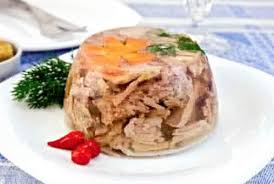
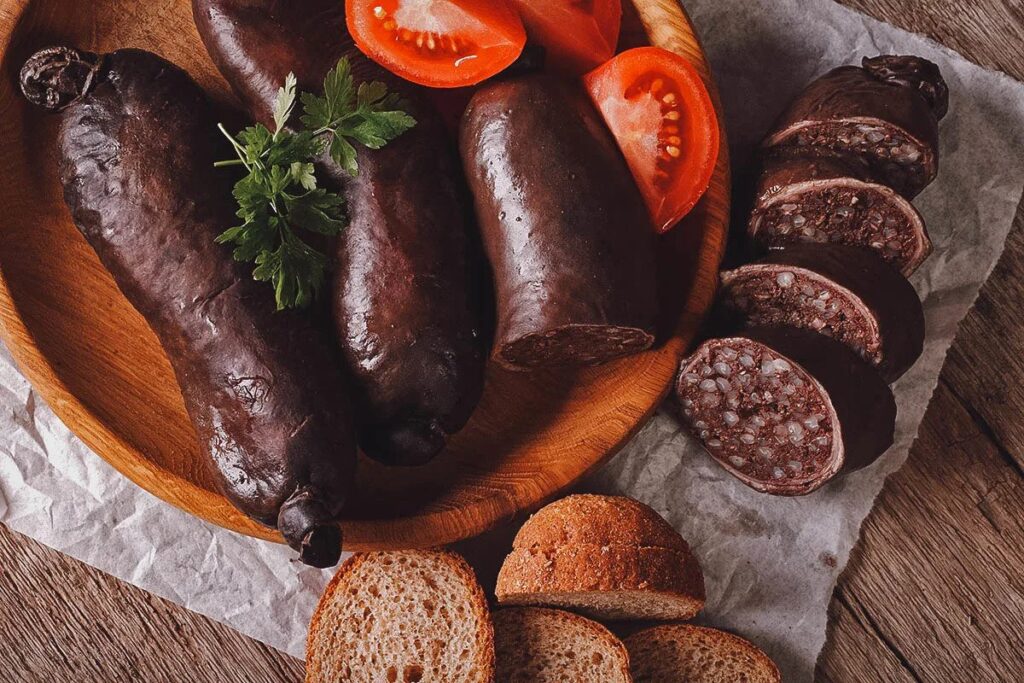
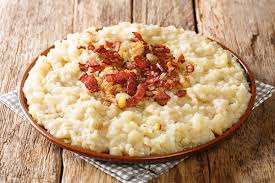

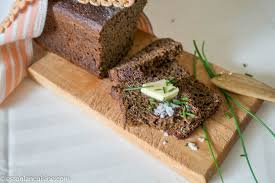
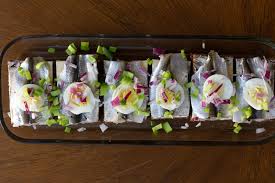

Exploring Natural Beauty
Beyond its urban centers, country boasts breathtaking natural landscapes that beckon outdoor enthusiasts. The country is home to several national parks, each offering unique ecosystems and opportunities for exploration. Lahemaa National Park, located on the northern coast, is one of the largest national parks in Estonia and is known for its diverse flora and fauna.
Lahemaa National Park features lush forests, wetlands, and rugged coastlines, making it a popular destination for hikers and nature lovers. Visitors can explore historical manor houses, such as Palmse and Kolga, and enjoy the tranquility of nature while spotting various bird species and wildlife.
Soomaa National Park, renowned for its extensive bog landscapes, is another natural highlight. It is famous for the “fifth season,” a phenomenon where the area floods, creating unique canoeing opportunities. The park is rich in biodiversity, providing habitats for various plant and animal species.
Estonia’s coastal areas also offer stunning scenery, with many beaches and rocky cliffs perfect for a summer getaway. The islands of Saaremaa and Hiiumaa are known for their unspoiled nature, charming villages, and opportunities for hiking, cycling, and birdwatching. These islands are a paradise for outdoor enthusiasts and those looking to escape the hustle and bustle of city life.
Contemporary Society in Estonia
Estonia’s transformation since gaining independence has led to significant advancements in various sectors, including education, healthcare, and technology. The country places a strong emphasis on education, with a high literacy rate and a robust education system. Estonia consistently ranks among the top countries in the world for its education quality, particularly in digital literacy and STEM fields.
The healthcare system in Estonia is accessible and efficient, with a focus on preventive care and health promotion. The government has implemented various initiatives to improve healthcare services and ensure the well-being of its citizens. This commitment to health and education has contributed to a high quality of life for Estonians.
Estonia’s economy has also experienced significant growth since independence. The country has embraced a market-oriented approach, attracting foreign investment and fostering entrepreneurship. The tech industry has flourished, with Tallinn emerging as a vibrant startup hub. Many Estonian companies have gained international recognition for their innovative products and services, particularly in the fields of information technology and digital solutions.
Despite its rapid modernization, Estonia remains deeply connected to its cultural roots. The preservation of traditions and folklore is evident in various cultural events and festivals throughout the year. The government actively supports the arts, ensuring that Estonian culture continues to thrive in a modern context.
Conclusion
Estonia is a hidden gem in Northern Europe, offering a captivating blend of history, culture, and natural beauty. Its journey from foreign domination to independence has shaped a unique national identity, and its commitment to digital innovation positions it as a leader in modern governance. Whether you’re exploring the medieval streets of Tallinn, savoring traditional Estonian cuisine, or immersing yourself in the country’s stunning landscapes, Estonia promises an unforgettable experience.
With its rich history, vibrant culture, and breathtaking natural scenery, Estonia is a destination that should not be overlooked. As more travelers discover the charm and allure of this Baltic nation, it is clear that Estonia will continue to shine as a remarkable and enchanting part of Europe.

